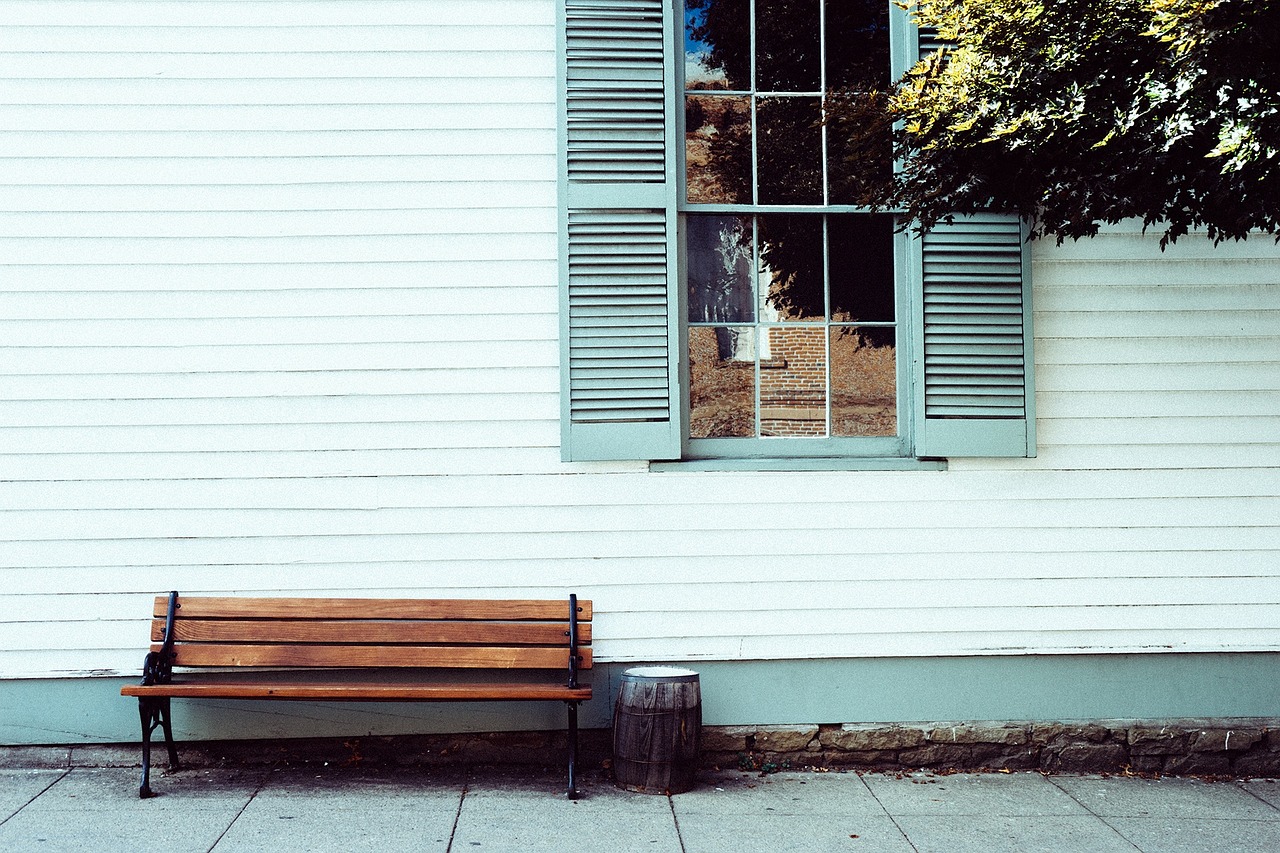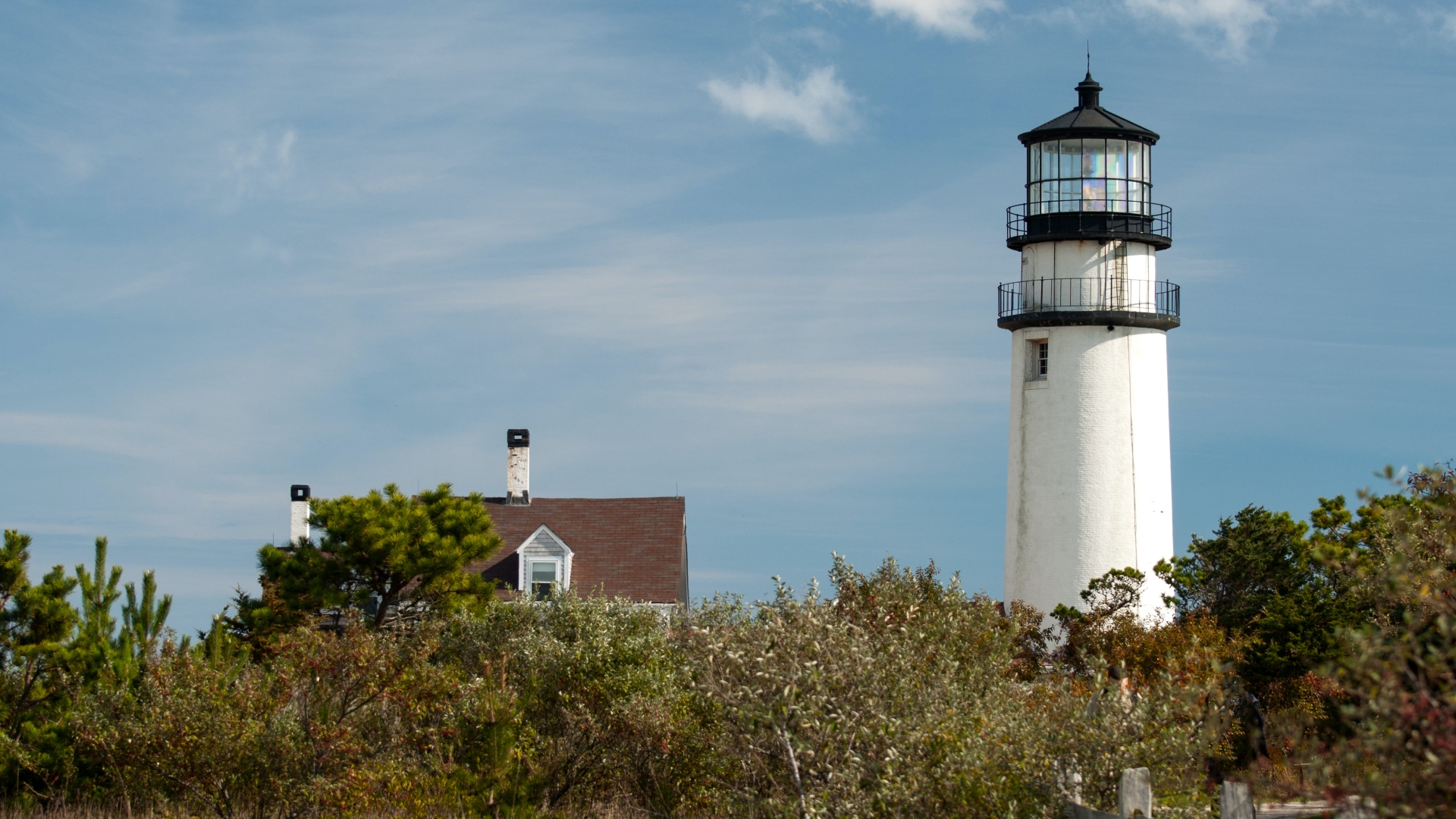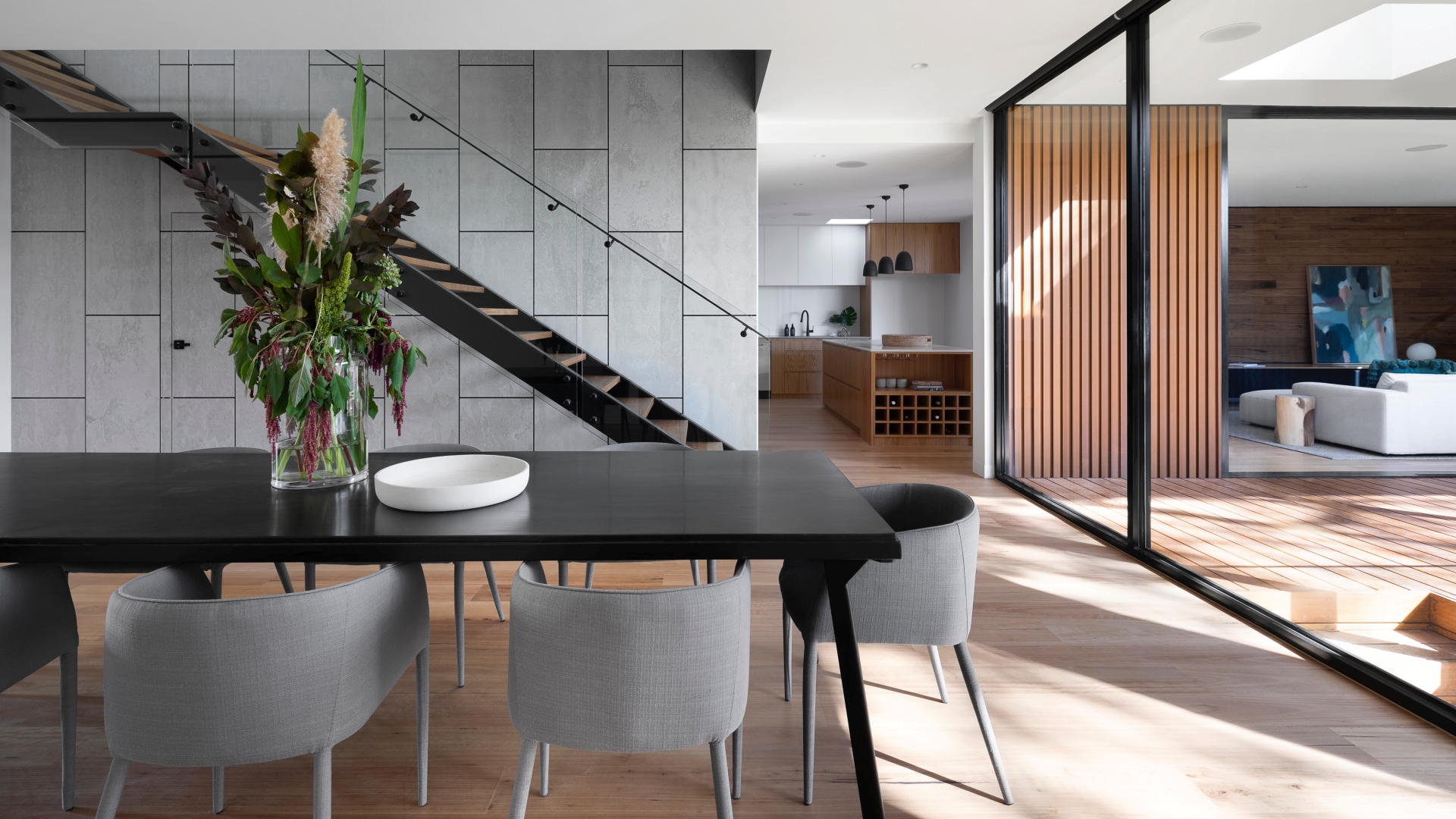Stamped concrete is far from your typical, dull gray slab. This dynamic material is capturing attention in both residential and commercial landscapes. Thanks to innovative stamping techniques, concrete can now emulate high-end materials like stone, tile, and even wood. Frequently gracing driveways, patios, and commercial spaces, stamped concrete combines durability with aesthetic appeal.
In this article, we’ll dive into the key components that make stamped concrete a game-changer for both form and function.
Advantages Of Stamped Concrete
Stamped concrete boasts a variety of benefits that make it a top choice for both residential and commercial spaces.
Durability
Unlike traditional paving materials that can crack or settle, stamped concrete retains its integrity for years. High-quality sealers further protect it from weather damage and daily wear and tear. This makes it a long-lasting option for various outdoor and indoor spaces.
Versatility
Modern stamping methods allow for intricate patterns that mimic natural textures like stone or wood. You can also select from a variety of colors to complement your existing decor. The range of choices ensures that each installation is unique and tailored to your aesthetic preferences.
Low Maintenance
Standard cleaning procedures such as sweeping or mild detergent wash are usually sufficient. There’s no need for constant resealing or refinishing, unlike other flooring materials. This low-maintenance aspect adds practicality to its list of benefits, making it an excellent choice for busy households and commercial settings.
Stamped concrete is not only visually appealing but also excels in longevity and ease of care. These advantages make it a practical and attractive choice for various settings.
How Stamped Concrete Is Made
Understanding the fabrication process of stamped concrete sheds light on its robustness and flexibility.
Preparation Of The Area
The first step in creating stamped concrete is site preparation. This involves removing any existing surface material and leveling the ground. A sub-base of compacted gravel is then laid to provide stability and drainage.
Concrete Pouring Process
Once the area is prepared, concrete is mixed and poured. The mix usually includes cement, water, and aggregates, adjusted for specific project needs. It’s crucial that the pour is even to ensure uniform stamping later. A screed is used to level the surface before the concrete begins to set. Additionally, for hard-to-reach areas, large-scale construction projects, or to achieve efficient and precise pouring, consider concrete pump hire to manage on-site concrete distribution.
Stamping And Coloring Methods
After the concrete is poured and leveled, stamping comes into play. Pre-made stamps or custom designs are pressed into the soft concrete. For color, there are two common methods. One is to add pigment to the concrete mix before pouring. The other is to apply a color hardener and release agents to the surface before stamping. Both methods can yield stunning visual effects.
Having unpacked the methodical steps in crafting stamped concrete, we gain a fuller appreciation for its resilience and aesthetic range.

Design Ideas For Stamped Concrete
When it comes to elevating the aesthetic of your space, the design possibilities with stamped concrete are virtually limitless. Let’s dive into some creative ideas that can serve as your springboard for inspiration.
Themes: Natural Stone Or Wood
When envisioning your stamped concrete project, consider themes that mirror natural elements. For a rustic look, opt for textures resembling wood grain. If a more elegant ambiance suits your taste, mimic the surface of natural stone like slate or travertine.
Unique Patterns
Another way to individualize your space is through one-of-a-kind designs. Think about interlocking geometries or intricate tile-like motifs. You can even blend textures to create a composite pattern that provides a captivating visual effect.
Matching With Existing Decor
Choosing the right theme and pattern is just the beginning. To truly integrate your stamped concrete into your space, consider the following tips:
- Color Harmony: Opt for shades that resonate with your existing color scheme.
- Context Matters: Take note of surrounding elements like planters, furniture, or architectural features. Your design should complement, not clash.
- Cohesion Is Key: Aim for a seamless transition between your stamped concrete and adjacent materials. This could mean matching textures or opting for complementary designs.
Stamped concrete offers you a canvas to express your personal style. With thoughtful selection and placement, you can transform any area into a visually stunning and harmonious environment.
Cost Considerations
Generally speaking, stamped concrete is more expensive than plain concrete but less costly than high-end paving materials like natural stone. Prices can range from USD$8 to USD$28 per square foot, depending on your location and specific requirements.
Several factors can influence the overall cost. One of the primary determinants is design complexity. If you opt for intricate patterns or custom colors, expect the price to go up. Other variables, such as the site’s accessibility, the need for special finishes, and local labor rates, can also impact the final bill.
When planning your budget, it’s advisable to allocate funds for potential contingencies. Unexpected site conditions or last-minute changes to the design can result in additional expenses. Request detailed quotes from multiple contractors and scrutinize the line items. This exercise will give you a clearer understanding of what you’re paying for and where you can potentially save.
Conclusion
Stamped concrete stands out as a versatile material that combines durability with a plethora of design options. Whether you’re contemplating a fresh look for your driveway or considering a makeover for your commercial space, stamped concrete is a worthy contender.
Embarking on a renovation journey with this material can yield both functional and visual rewards, transforming your area into a more appealing and resilient space.











